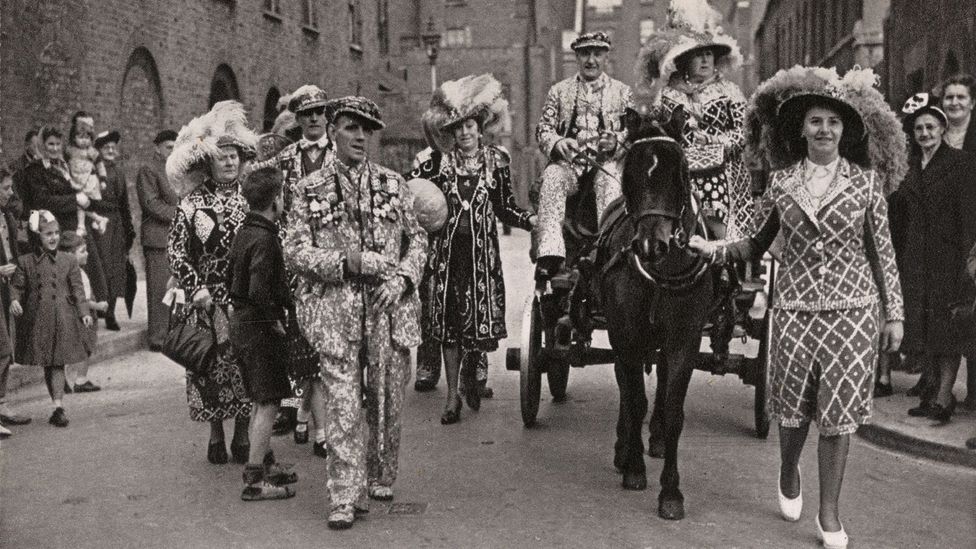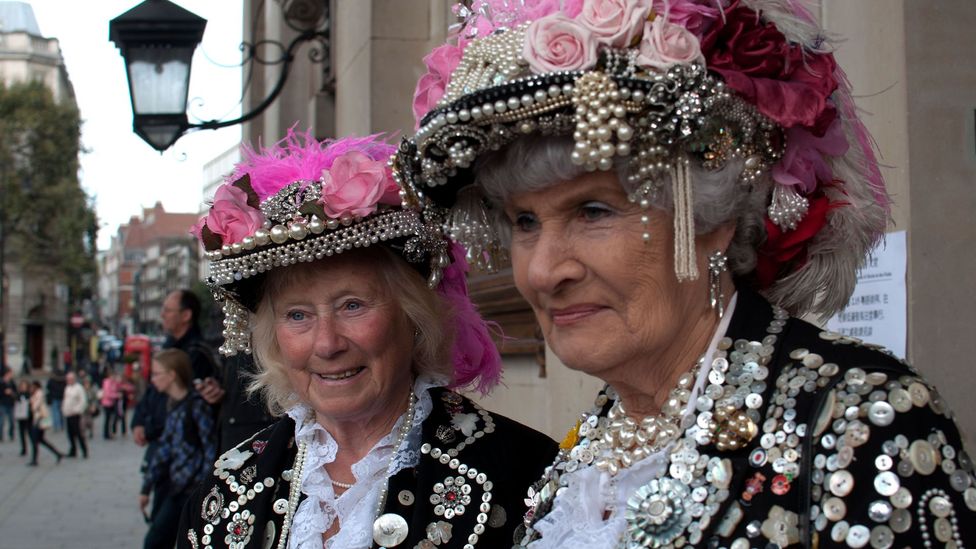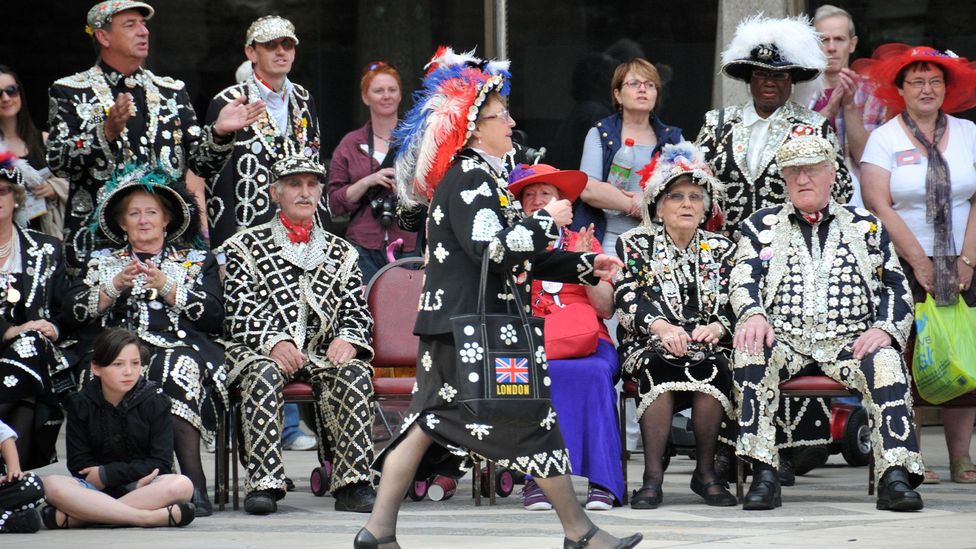Originating in 19th-Century Victorian England, the pearly kings and queens have become icons of London life and maintain a lifelong commitment to raise money for charity.
Read Also: Top 10 Sperm Killers - Fertile Minds
I In jet-black suits encrusted with mother-of-pearl buttons, a troop of "pearlies" wended their way among the somber thousands gathering in memory of Queen Elizabeth II. They left a bouquet in reverence of the late monarch, with whom they shared the same strong sense of duty. Towards The Mall, a street between Buckingham Palace and Trafalgar Square, a husband, and wife in suits beaded like silver scales waited patiently. "I've always loved the Queen," said Jimmy Jukes, in a broad, rolling voice, "She has been there ever since I was born."
And the Queen held Jukes in high esteem too. In 2017, he was given an MBE for his charity work as the Pearly King of Bermondsey, Camberwell and Southwark. Along with his wife, Michelle, Pearly Queen of Bermondsey and Rotherhithe, the pair are just two of London's pearlies. With a royal title for every London borough, it's thought there are around 30 pearly families today, each dedicated to fundraising for charitable causes.
They are icons of London – a fixture both at the capital's large-scale events as well as tight-knit community affairs – and they maintain a lifelong commitment to meeting and greeting the public and visiting hospices, schools, and community groups throughout the capital. Over 150 years, they've become a part of the city's psyche, written into British culture, from pop songs to album covers and TV appearances. While they're little known outside the country, they are considered London's "other royals". "Cockney royals," Jukes said proudly.

In London lore, to be considered cockney you must've been born within earshot of the bells of St Mary-le-Bow church in East London – but 170 years ago lower noise pollution meant their toll could be heard as far as North London, too. Cockney culture was inextricably bound with costermongers ("coster" for apple, and "monger" for seller) – roving vendors who were a fixture of working-class Victorian London. Dickensian characters, female costers cheekily wore tit for tat ("hats" in Cockney rhyming slang) mimicking the well-to-do; while men would sew mother-of-pearl buttons (cut from the lining of a mollusc shell) along the seams of their garments, shouting sales patter, poems and melodies as they hawked their wares in baskets or pony-drawn carts to the capital's borough markets.
But they were outspoken when it came to the politics of poverty that they were desperately trapped in. They survived by crowning a symbolic "king and queen", who was sworn in to protect the interests of the market vendors, support them financially through hard periods and keep an eye out for trouble with the "old bill", as they called the police. In the mid to late 1870s, Henry Croft, an impoverished Victorian road sweeper, was so inspired by the community-mindedness of the costermongers that he decided to transform himself into the very first "pearly" – so-called for his majestic suit decorated with 60,000 iridescent mother-of-pearl buttons.
Croft got his brilliant idea when he was sweeping up after the costermonger markets in Somers Town, an inner-city district in North-West London. "He liked this idea of camaraderie and the community values," explained Diane Gould, the Pearly Queen of St Pancras. "The costermonger attitude to life never kicked a person when they're down, as they were all working-class people, all struggling to survive." He decided to not only emulate but go one better than the costermongers, embroidering mother-of-pearl buttons across every inch of his battered workwear. In his new finery that glinted in the sunlight, Croft discovered he attracted attention – and coins – from passers-by wherever he went.

By 1911, he'd gathered up the working-class communities and elected 28 pearly families, one for each London borough, forming a charitable tradition that survives to this day. When I met Gould, she was fitted out in full pearly regalia, which remains similar to Croft's original designs. For men, this includes a button-adorned flat cap; while women sport a cartwheel-style felt hat crowned with 13 ostrich feathers. Every pearly wears a black suit with their borough's name spelled out in large lettering. They might opt for a less-embellished "skeleton" design or a fully encrusted "smother" suit (that can weigh up to 30kg), but each is threaded with a dazzling array of mother-of-pearl buttons.

All pearly uniforms feature a constellation of symbols that represent their values: embroidered hearts symbolize charity, for example, while a wheel is the symbol of life, a donkey represents costermongers, and, a horseshoe spells good luck. "Traditionally, pearly families kept similar designs on their suits," said Gould, pointing to her blazer's harlequin diamond pattern, calling it "the ups-and-downs in life". She added: "It's all about telling our story in buttons."




